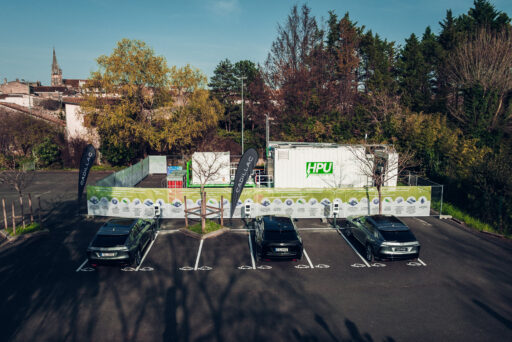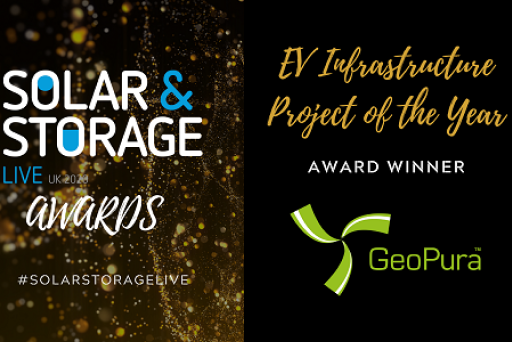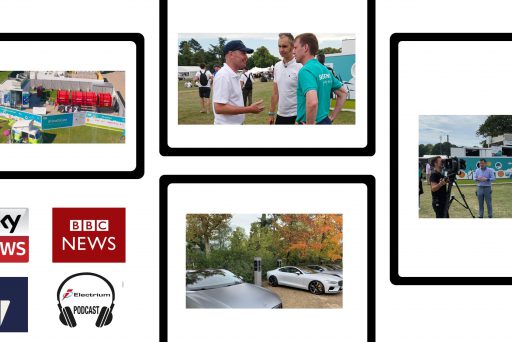Many people from young activists such as Greta Thunberg and Boyan Slat to senior campaigners such as David Attenborough are now highlighting the need for us to listen to the climate scientists and instigate bold environmental action to create a cleaner planet. Many different areas have been identified for urgent action, but it’s clear that planning the future of our energy supply is essential if we want to protect our environment.
The UK National Grid’s Future Energy Scenario documents outline different credible future energy pathways in the UK for the next 30 years and beyond. This includes attempting to predict how much energy we will need, where it will come from, and how it will be distributed to where it’s needed. The conclusions and challenges are of interest to all of us that have an interest in green energy, and a clean environment.
As transport is now responsible for nearly 30% of the EU’s CO2 emissions, there is now a greater focus on electric vehicles, but if the electrification of transport is going to yield substantial emissions savings we must consider how we source the immense energy it will require.
How do GeoPura’s EV Charging Solutions relate to the National Grid future energy scenarios?
How are our electric vehicles currently being charged?
The energy used to charge our electric vehicles (EVs) at our homes, offices and public locations is delivered through the National Grid, the high voltage transmission system, and then through the lower voltage electricity distribution network (e.g. 11,000V and 400V). There are currently around 100,000 electric vehicles in the UK, and already there is growing concern about the electricity distribution system’s ability to cope with the increased demand expected in the near future. According to the National Grid’s consumer power scenario, EVs will create an extra 18GW of demand by 2025. That’s equivalent to an extra 30% on top of today’s peak demand. More importantly, the average levels of electricity required to charge large quantities of EVs are over many times higher than the local low voltage electricity distribution network can cope with.
How will this have an effect on the National Grid?
As the number of EVs increases so will the need for millions of motorists to charge their vehicles. Put this alongside the need to decarbonise and there will be an increase in demand for renewable electricity to be generated and distributed to power our cars.
Whilst the high voltage National Grid system has some capacity to cope with additional power transmission, the simultaneous electrification of transport and heating that’s predicted in the future energy scenarios will place even the high voltage transmission system beyond its existing capacity. However, the strain on our high voltage transmission system will be dwarfed by the double impact on the low voltage distribution networks. The cables down our streets and our local substations will rapidly become a significant problem if we intend to rely on ready access to home-based EV charging, let alone support a significant level of electrically powered heating.
If the eye-watering amount of money required was invested to double the capacity of our local electricity distribution network, the outcome would mean an additional 2kW average supply to each household. On a street where everyone had home-based EV charging, the investment in cables and infrastructure would mean that our current EVs would still need around 24 hours to receive a full charge. If future EVs have larger battery capacities, which is likely, home charging could become a multiday operation.
Even if the local electricity supply was solved, providing EV charging at home will only ever fix some of the problems. Over 40% of UK households don’t have a private parking space and so don’t have the option to charge their EVs at home. If we then factor in that many households have lives that depend on more than one vehicle being available, the universal home charging scenario looks very unlikely.
Is there a more sustainable way to charge our vehicles in the future?
As more and more people are becoming environmentally aware, there is an increased understanding that we need to protect our earth and its natural resources. Over millennia, fuels have provided a compact and convenient way for humans to store and transport energy. Companies, scientists and governments are working together to find alternatives to fossil fuels that may be used to transport energy without CO2 and other damaging emissions, offering an alternative to overloading our valuable electricity distribution system. If a fuel can be synthesised using renewable energy at a wind solar farm, it can then be used to store that energy and transport it to where it’s required. Having travelled to where it’s needed (such as a car park with a large amount of simultaneous EV charging) the fuel can be used to create electricity without any harmful emissions. This can be done entirely independently from the electricity grid network. One very good candidate for an entirely renewable, emission-free fuel is hydrogen. Hydrogen can be used to create electricity to charge Battery EVs or can be used directly as a fuel to refill Fuel Cell EVs. Using green hydrogen generated from renewable energy as our fuel is an effective way of reducing the environmental impact of transport on our planet.
Zero carbon green hydrogen is produced by passing renewable electricity through water to split it into hydrogen and oxygen. This process is known as electrolysis. One of the advantages is that when hydrogen is used to regenerate useful energy, the only exhaust produced is water and no environmentally damaging CO2 is released.
2H2 + O2 > 2H2O
The only outputs from this reaction are energy and water.
How GeoPura are using Hydrogen as a renewable energy source
With our commitment to finding electrical vehicle charging solutions, we believe that it is our mission to convince businesses and car park owners to make the switch to using our green hydrogen fuel cells to power their car parks to charge electric vehicles.
Our strategy uses renewable energy – solar or wind – to create hydrogen-based fuel, enabling renewable energy generators to efficiently distribute their power to consumers without reliance on an overburdened electricity grid.
Contact us today for find our more about how GeoPura are revolutionising energy!






